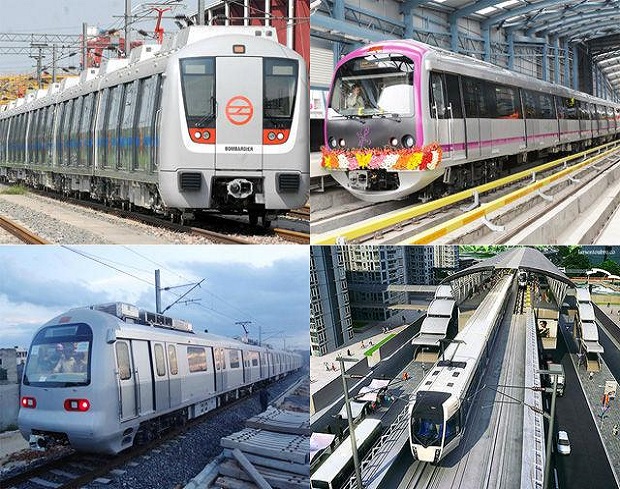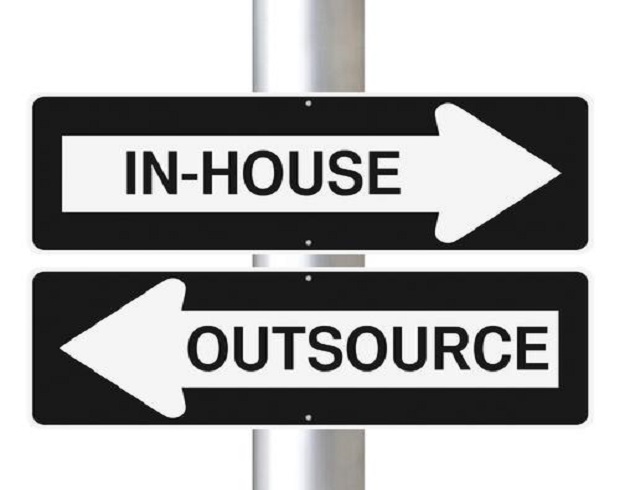[vc_row][vc_column width=”2/3″][vc_column_text]A large two engined train was crossing America. After they had gone some distance one of the engines broke down. “No problem,” the engineer thought, and carried on at half power. Farther on down the line, the second engine broke down, and the train slowed to a dead stop. The engineer announced:
“Ladies and gentlemen, I have some good news and some bad news. The bad news is that both engines have failed, and we will be stuck here for some time. The good news is that you decided to take the train and not fly.”
I spent a lovely summer in the village of Pewaukee, Wisconsin in the United States, which has a population of 8,236. It is part of the bigger city of Pewaukee that itself has a total population of 13,195 as at the last census in 2010. Tucked away in a corn and soya bean growing topography in central Wisconsin, the nearest large city is Milwaukee which lies about 17 miles East and Chicago which is a fast ninety minute drive to the south. The central focal point of the village is Lake Pewaukee which is about the size of our own Lake Elementaita and is surrounded by million dollar homes. The lake therefore attracts residents to its shores during the weekend and the local authorities have ensured a well maintained pier exists for the public to walk along, bring their chairs and sit, swim and generally enjoy free safe and secure access to a public asset. There are also clean public toilets and changing facilities and I once found a man in a waterproof overalls waist deep in the water cleaning out the waterfront area near the pier. Pewaukee is fairly safe and front doors are often left unlocked and the local police’s idea of excitement is catching a wayward driver doing 35 miles per hour in a 25 mile per hour zone. Enough said. The serenity is, however, often interrupted by the ear splitting warning horn of cargo trains that often traverse through the village as the railways tracks are part of the wider interstate web of railway track that opened up the United States to progress, new population settlements and vibrant trade in the 19th century.
On one lazy, languorous afternoon we sat by the lake and watched a cargo train trundle past. It took all of five minutes. But five minutes is 300 seconds of a long, rumbling iron snake carrying containers arranged in a double stack on wagons. So we did some quick back of a grease stained serviette calculations. Having lost count after about 30 wagons (the relentless heat and humidity does wear one down when conducting a mind numbing activity like counting train wagons) we figured that the train was easily carrying 200 containers. Assuming that a Kenyan truck on the nail biting treacherous Mombasa to Nairobi journey carries one 40-foot container, this particular train we were observing could easily eliminate 200 trucks from the road, just like that. It goes without saying that 200 trucks off Mombasa road would also mean far less damage to the road and, heaven be praised, less traffic on that critical East African artery. But surely I’m exhibiting bouts of insane fantasy so let me get back to reality.
The railroad system in the United States can be traced to the dawn of the 19th century and was primarily built to haul cargo and later, as more railway lines were built on the back of a rapidly developing financial system in Wall Street that provided funding options, passenger trains emerged. The railroad system thus opened up significant trade opportunities for manufacturers of goods as they could find and reach new markets in a cost effective manner. Towns soon started popping up along the railway routes as the trains needed skilled craftsmen to repair the steam locomotives which developed difficulties along the journey. It is also noteworthy that by the mid 19th Century, over 80% of farms in the Corn Belt (from Ohio to Iowa states) were within eight kilometres of a railway. Access to markets had led to the creation of many large scale farming communities.
Like any industry, the railways in the United States have gone through great highs and spectacular lows. Competition from trucks did affect the railway in the mid 20th century particularly with the rapidly developing interstate highway system. However deregulation of much of the industry in the early seventies removed the stumbling blocks that had made it economically unviable thus making the American freight railway system one of the best in the world.
Which brings me to our Chinese driven standard gauge (SGR) railway that is currently under expedited construction. I did a little research and was pleased to see that actually I wasn’t exhibiting bouts of insane fantasy. A typical freight train on Kenya’s SGR, once complete, will consist of 54 double stack flat wagons and measure 880 metres long. 54 double stack wagons converts to 108 containers. Poof! 108 trucks gone just like that off our roads, assuming of course that the wagon is carrying two 40 foot containers rather than 20 foot ones.
It bears some reflection as to what role the SGR can play in the reversal of the importation pressures placed on the shilling. Since our oil will have its own pipeline to take it to the port when it is eventually extracted, our higher capacity trains should not return to the Mombasa port empty. As American history shows, the railroads were a core component of the growth of the economic powerhouse as they were used to crisscross raw material and finished goods to domestic markets. What impact will having the faster delivery mechanism called SGR have on future production of agricultural and finished product in Kenya? I want to believe that this is being given careful consideration within the facilitative roles of Ministries of Agriculture as well as Industrialization. Otherwise both these engines of facilitation will have catastrophically failed.
Twitter: @carolmusyoka [/vc_column_text][/vc_column][vc_column width=”1/3″][/vc_column][/vc_row]

 carolmusyoka consultancy
carolmusyoka consultancy
 @carolmusyoka
@carolmusyoka

